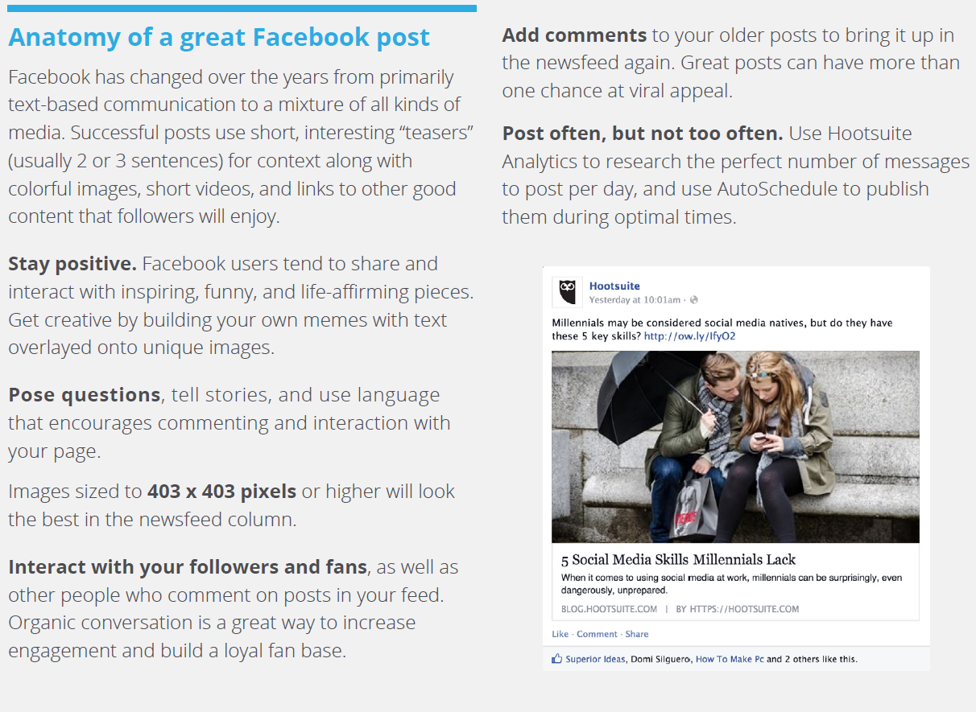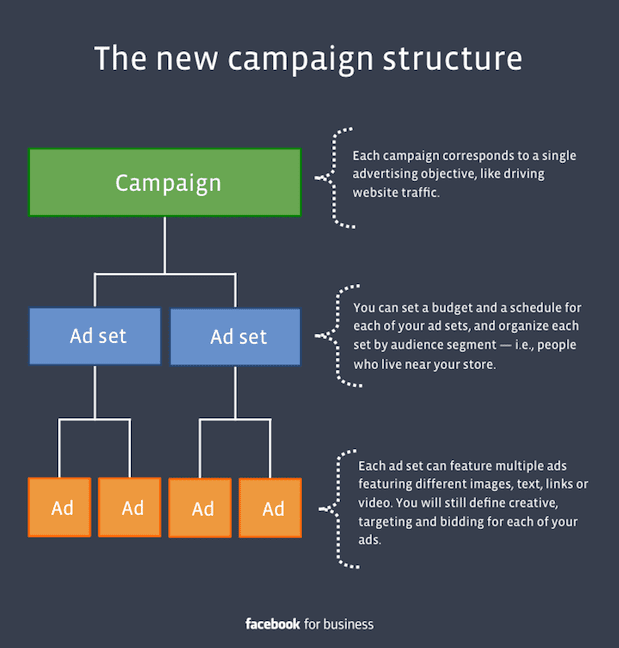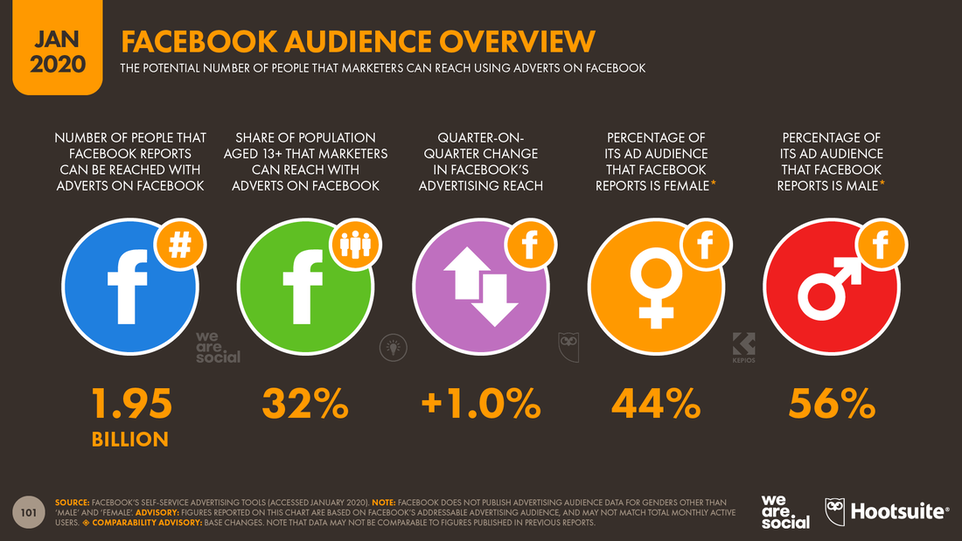Facebook is the largest social media platform. 1.66 billion people on average log onto Facebook daily and are considered daily active users (Statista). Facebook is a social networking website that allows users to connect with people online. You create a profile, share pictures, music, videos, articles, as well as thoughts and opinions. Once you have a personal profile you can add friends and/or follow businesses and groups. You will then see a news feed showcasing what your connections are posting.
Getting Started With Facebook
Getting Started With Facebook
- Your Personal Facebook Profile Page – everyone who uses Facebook must have a profile page before setting up any business accounts.
- Business Page- After you create your profile page you can create a business page. Business pages are used to build a fan base, interact with fans and create an interactive forum
- Groups – You may also choose to create a group which is focused more on a shared interest than a particular company, brand or person. Groups give people with common interests a place to interact and share idea.
- Create a Vanity URL for your Facebook page to ensure you are found in searches. How to create a vanity URL in Facebook
- Facebook is great for brand awareness, showcasing products, and anyone interested in getting their foot in the door with social media marketing. Facebook is so big and offers so many marketing resources the platform is a good place for most businesses to utilize for marketing, especially if you are just starting out. This is not an easy process. There is a lot of noise on Facebook so you have to we willing to take the time needed to research, try different strategies and engage with an audience.
- Facebook advertising provides in depth targeting to help you reach a specific audience. You can specify your target audience based on their location, their demographics, interests, behavior, and more.
- Through the Facebook Ad Manager, you can create ads that’ll also show on Instagram, Messenger, and Audience Network (Facebook’s network of publisher-owned apps and sites).
- There are over 2.4 billion people on Facebook
- Facebook users are 43% female and 57% male.
- Of all the people on the internet, 83% of women & 75% of men use Facebook.
- Average Facebook user has 155 “friends”.
- 62% of online Seniors aged 65+ are on Facebook and 72% are between age 50-64.
- 88% of online users of age 18-29 are on Facebook, 84% of those 30-49.
- 82% of college graduates are on Facebook.
- 72% of online users of income more than $75K are on Facebook.
- 85% of Facebook’s Daily Active Users Come from Outside the US/Canada.
- The largest population on Facebook is from India with over 270 million users followed by 190 million from the US.
- 96% of Facebook users accessed via mobile devices.
Overview of How Different Parts of Facebook Come Together
Facebook Algorithm - The process or set of rules that Facebook uses to decide the priority of posts and pages in a persons newsfeed.
Facebook Pixel - Pixels tracks visitors who have been to your website so you can target them when they visit Facebook. Once on Facebook, the Pixel reminds the visitor of your business, what they were interested in and even if they left something in your shopping cart.
Boosted Post - A paid advertising feature that lets you boost individual posts and target specific sets of people (e.g., your followers, your followers' friends, or other targeted demographics) to gain more visibility in News Feeds.
Facebook Marketplace - On Facebook Marketplace, Facebook allows you to buy and sell products and services. An individual or business can use Facebook Marketplace.




